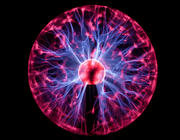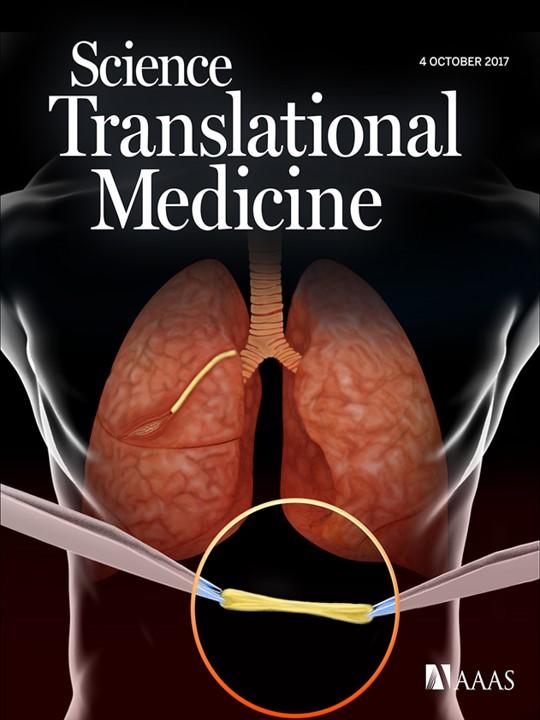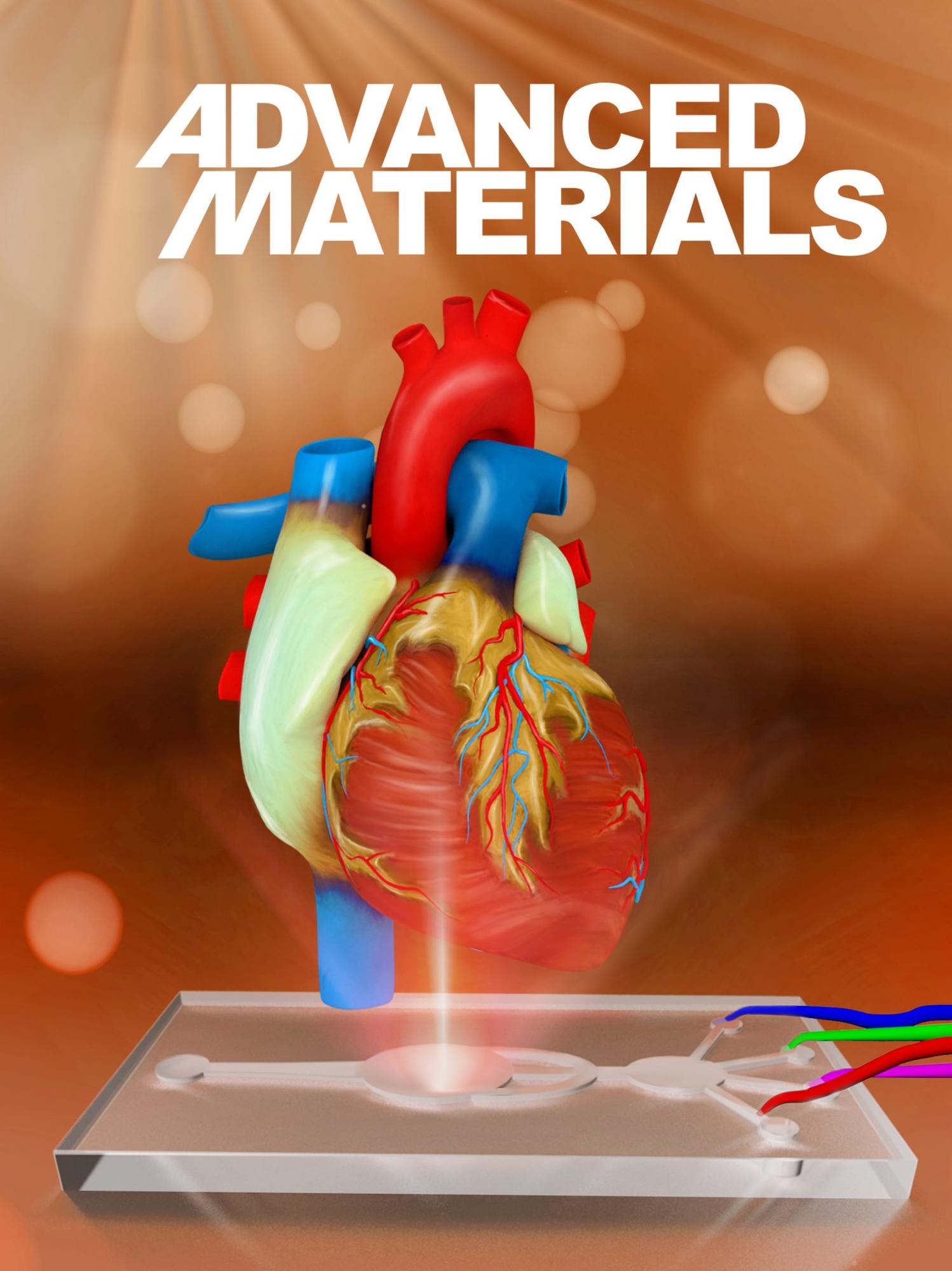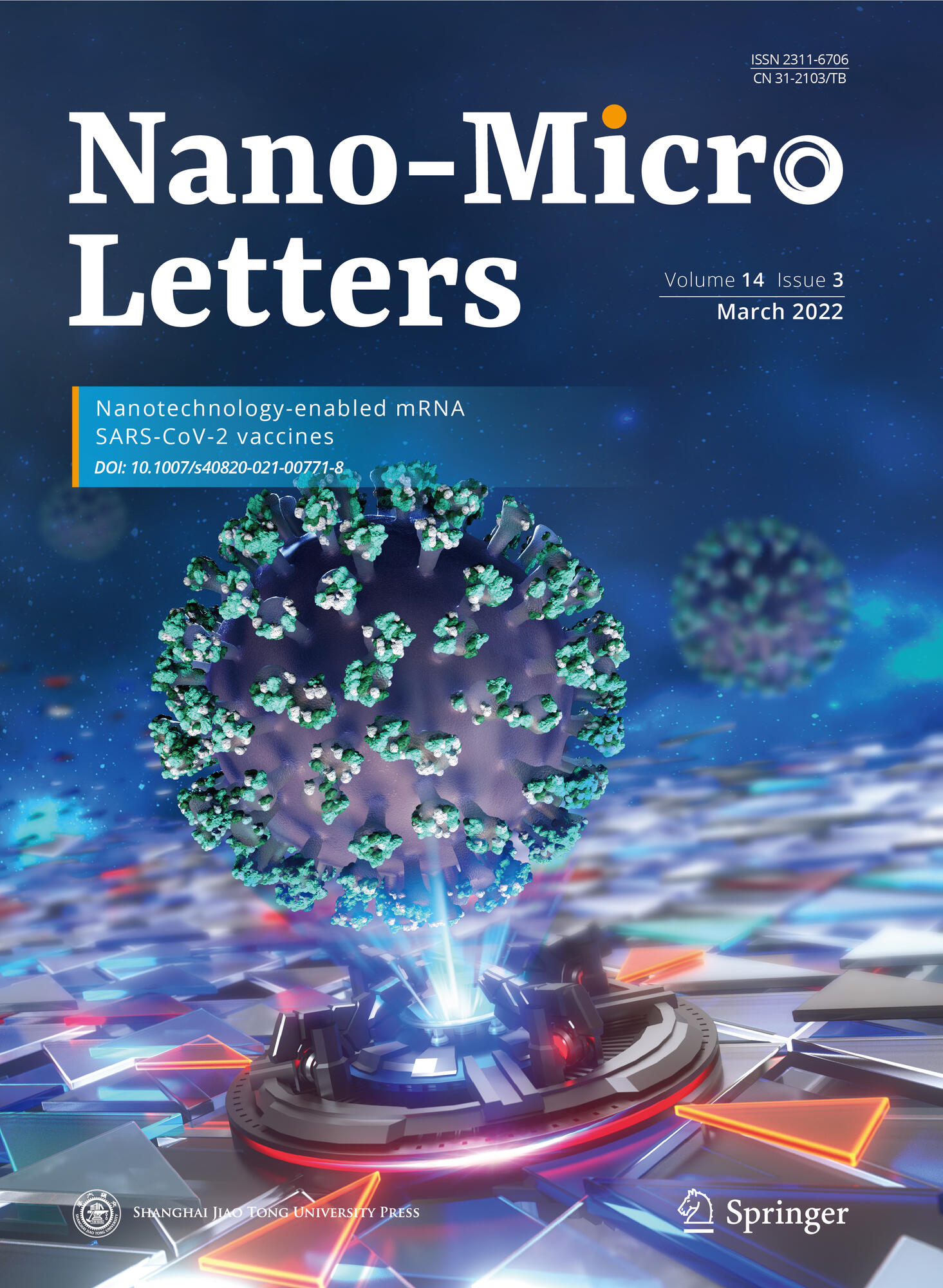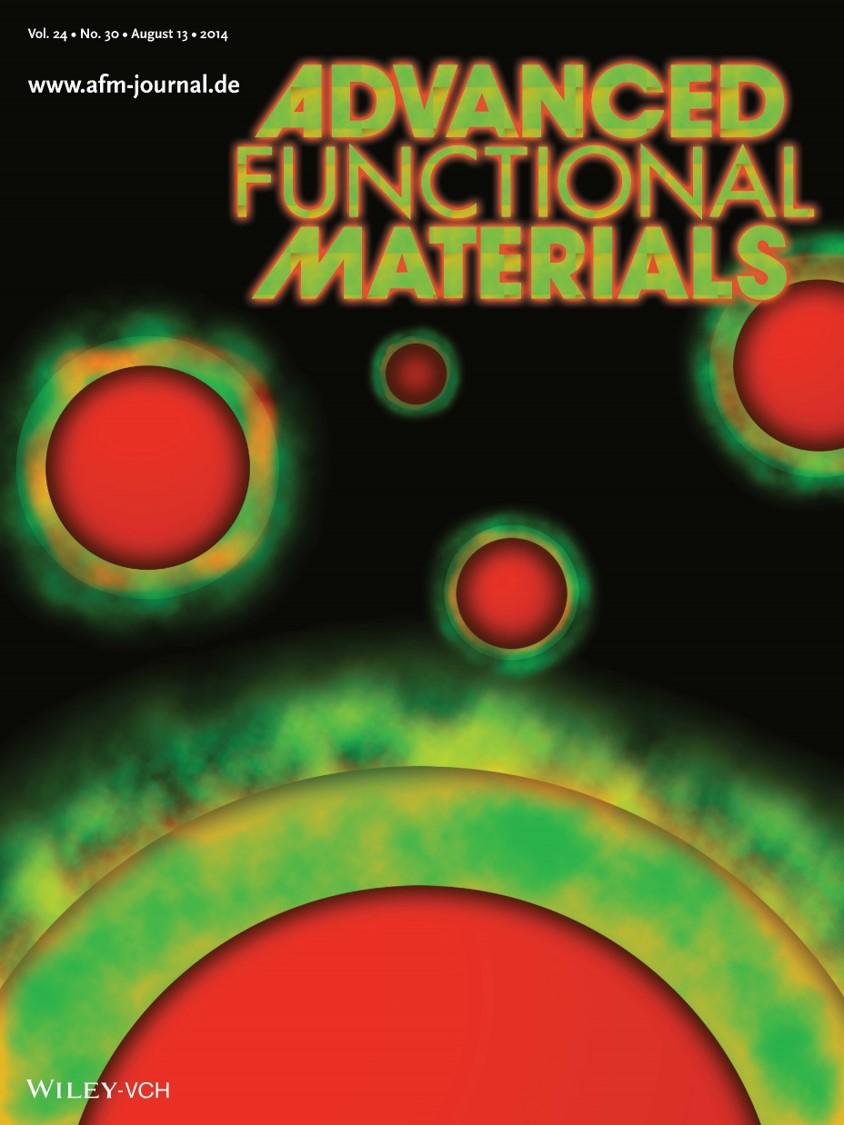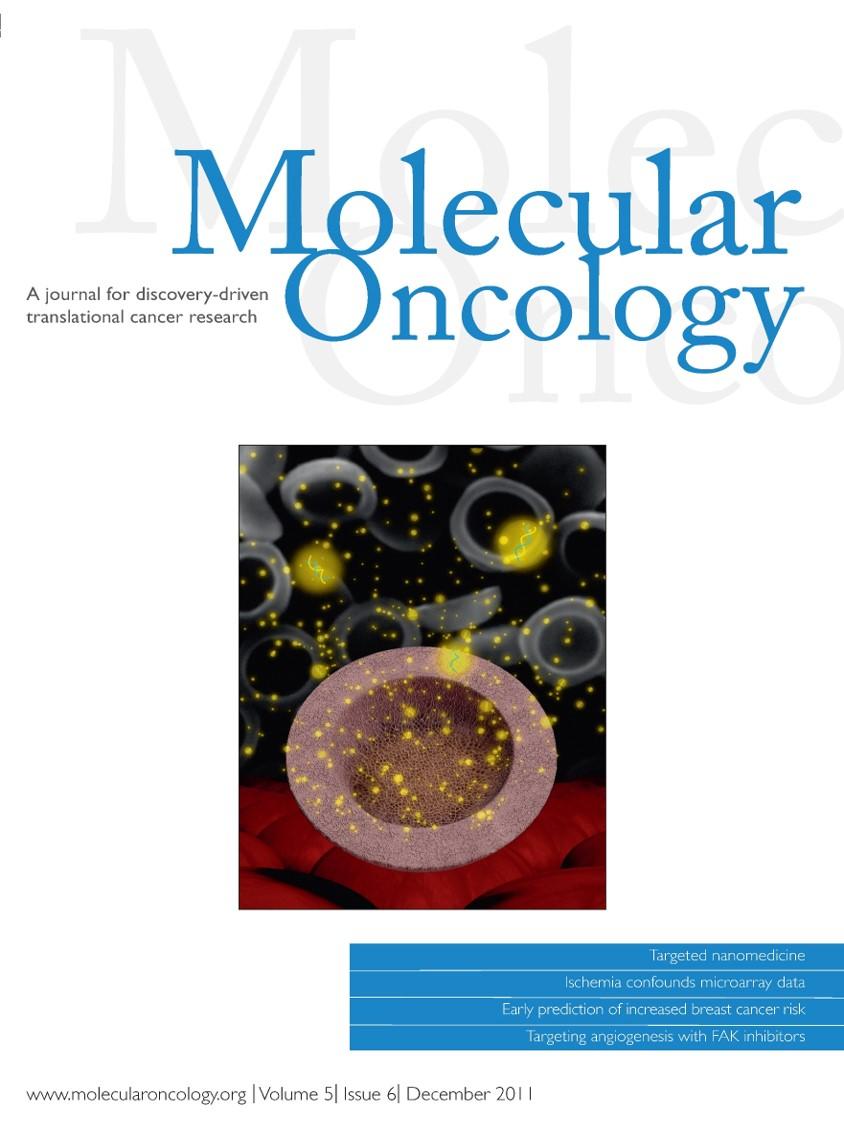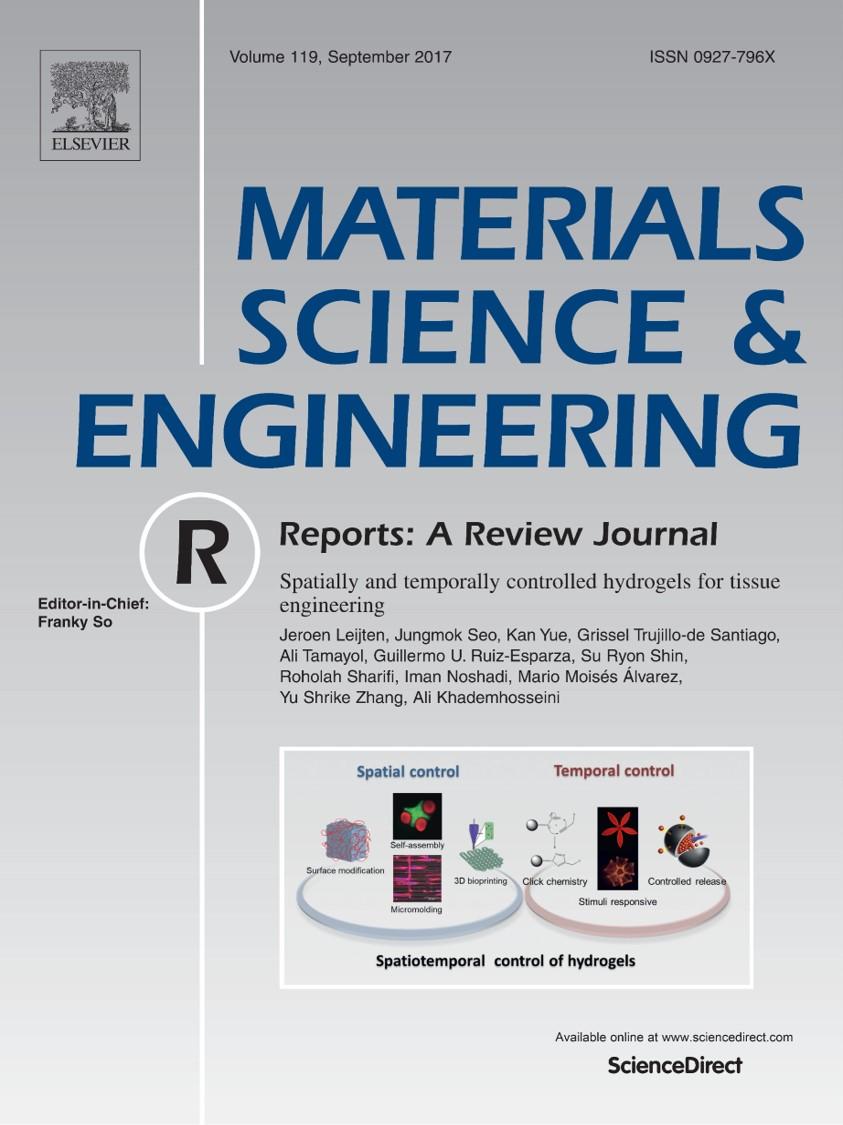Citation:
Ruiz Esparza GU, Cordero-Reyes A, KA Youker, Ferrari M, Blanco E, and Torre-Amione G. 5/2015. “Nanotechnology-based delivery system for the transport of therapeutic and diagnostic molecules to the failing heart.” Heart Failure 2015 / World Congress on Acute Heart Failure. Seville, Spain: European Society of Cardiology. Link
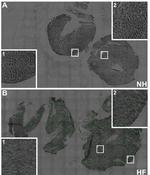
Abstract:
Background: Treatment of heart failure has been limited by the inability to deliver high drug concentrations within the myocardium without significant systemic side effects and by the lack of efficient non-invasive methods for gene delivery into the myocardium. Nanotechnology platforms represent a potential strategy to transport drugs and genes in heart failure. We hypothesized that the changes present in the failing myocardium, result in increased vascular permeability due to endothelial dysfunction, allowing migration of intravenously administered silicon nanoconstructs from the vasculature to within the myocardium.Methods: Male C57BL/6 mice with normal and failing hearts were administered intravenously with silicon nanoconstructs (109, 0.2 mg). After 24 h, mice were sacrificed and heart tissues were extracted and sectioned. To examine accumulation and homogeneity of the nanoconstructs in different cardiac regions, sections of normal and failing hearts were captured using wield field high content fluorescence imaging system. Cellular and sub-cellular localization of nanoconstructs was evaluated via immunofluorescence using confocal microscopy and z-stacking. Area fraction analysis and particle number was determined and quantified analyzing the fluorescence emitted by the nanoconstructs and the tissue.
Results: Passive intra-cardiac accumulation of high concentrations of nanocarriers occurred after a single application during the course of 24 h. Image analysis of the cardiac tissue showed intracellular uptake and transport of the nanoconstructs to the perinuclear region of cardiomyoctes. Control hearts showed slight green fluorescence associated with the nanoconstructs, whereas failing heart sections were highly enriched with fluorescence within different regions, indicating a 14-fold increase in accumulation of nanoconstructs. The highest levels of accumulation and co-localization of the nanoconstructs were present in cardiomyocytes.
Conclusions: In summary, silicon nanoconstructs successfully accumulated in higher amounts in failing hearts compared to normal hearts, reaching the perinuclear region of the cardiomyocytes. The use of nanotechnology in heart failure, has the potential to achieve cardiac delivery of several moieties such as hydrophobic drugs, proteins, genetic material, or imaging and diagnostic agents in a safe, non-invasive, stable and protected fashion without degradation.
